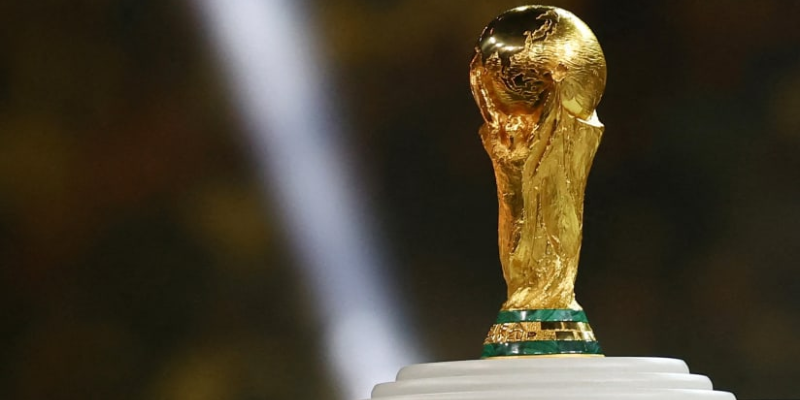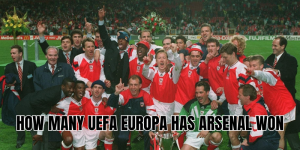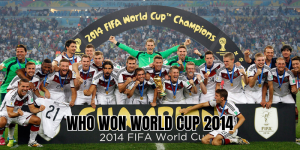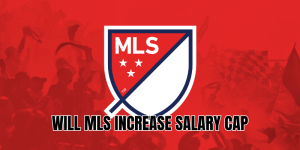You’ll want to know how World Cup 2026 will work—because this won’t just be another edition. It’s the biggest yet. Bigger field, new stakes, more drama. ModiFoot will guide you through the changes, format, schedule, and what everyone—players, fans, national teams—needs to know.
What’s new in the format

Expansion to 48 teams
For the first time, the World Cup will feature 48 national teams, up from 32 in the 2018 & 2022 editions. That means more nations will have a shot on the sport’s biggest stage, with some surprises likely in qualification.
Group stage setup
The tournament will be organized into 12 groups of 4 teams each. Each team plays three matches, one against each other in its group—familiar territory for fans used to previous tournaments.
Knockout stage backlash: Round of 32
After the group stage:
- The top 2 teams from each group automatically advance → that gives 24 teams. rldCupRadar)
- The eight best third-placed teams across all 12 groups also progress → making a total of 32 in the knockout round.
- -, it’s straight elimination: Round of 16 → Quarter-finals → Semi-finals → Final.
Qualification process & host nations

Automatic hosts
Canada, Mexico, and the United States are automatically qualified as co-hosts. That means there are 45 other spots up for grabs.
Regional allocations
Because of the expanded tournament, more qualification slots are allocated to confederations that previously had fewer. For example, Asia, Africa, South America, and CONCACAF will see increases in their quotas. This makes for more competition in those areas.
How qualifiers work
Each confederation has its own format—round-robins, groups, playoffs etc.—to determine which nations will fill the allocated spots. The process is well underway for many regions.
Tournament schedule, venues and logistics
Dates & host countries
- Start date: June 11, 2026
- Final: July 19, 2026
- Co-hosted by: USA, Canada, and Mexico. First time three nations host together.
Host cities & stadiums
There are 16 cities across the three countries that will host matches. Eleven are in the U.S., three in Mexico, and two in Canada. Venues include iconic stadiums like Estadio Azteca (Mexico City) and MetLife Stadium (New Jersey) for the final.
Number of matches & scale
- Total matches: 104 games.
- Group stage: 12 groups × 6 matches per group = 72 group matches.
- Then knockout rounds with 32 teams → more matches than previous World Cups. More chances for underdog stories.
How tie-breakers and best third-place works

The new inclusion of “best third-placed teams” adds complexity and excitement. Here’s how it will work:
- Within groups, standard tie-breakers: goal difference, goals scored, head-to-head, etc.
- Among third-placed teams: metrics like points, goal difference, goals scored will decide who joins the 24 automatic qualifiers. Some third-placed teams will be eliminated even with 3rd place finish in their group.
This makes final group matches more tense—teams in 3rd might still advance depending on what other groups do.
Key matches & finals
- Opening match: set in Estadio Azteca, Mexico City, on June 11. That’s where things kick off.
- Final match: scheduled for July 19 at MetLife Stadium (New Jersey, USA). Capacity, history, atmosphere—this will be big.
What this means for fans, players, and nations
- More matches = more opportunities: for smaller footballing nations to get exposure, for stars to shine, for upsets.
- Travel will be a factor: co-hosts across large territories means long trips, varied climates. For fans and teams alike, logistics matter.
- Bigger risks and rewards: With the best third-place option, group outcomes will matter deeply. One bad game might still be survivable, but consistency is more valuable.
- Opportunity for growth: More nations in the finals = more fan bases, more global interest, more chances for players to break out.
Conclusion
In summary, here’s how World Cup 2026 will work: 48 teams across 12 groups, a new Round of 32 knockout stage, hosted jointly by USA, Mexico, and Canada, from June 11 to July 19, 2026, with 104 matches culminating in the final at MetLife Stadium. ModiFoot believes this format gives us the most inclusive, exciting, and unpredictable World Cup yet.
If you’re pumped about the qualifiers, want updates on which nations are likely to make it, or need a preview of key matchups—keep reading ModiFoot. Stay tuned, follow the draw (date to be announced), and get ready for the world’s biggest football festival.






